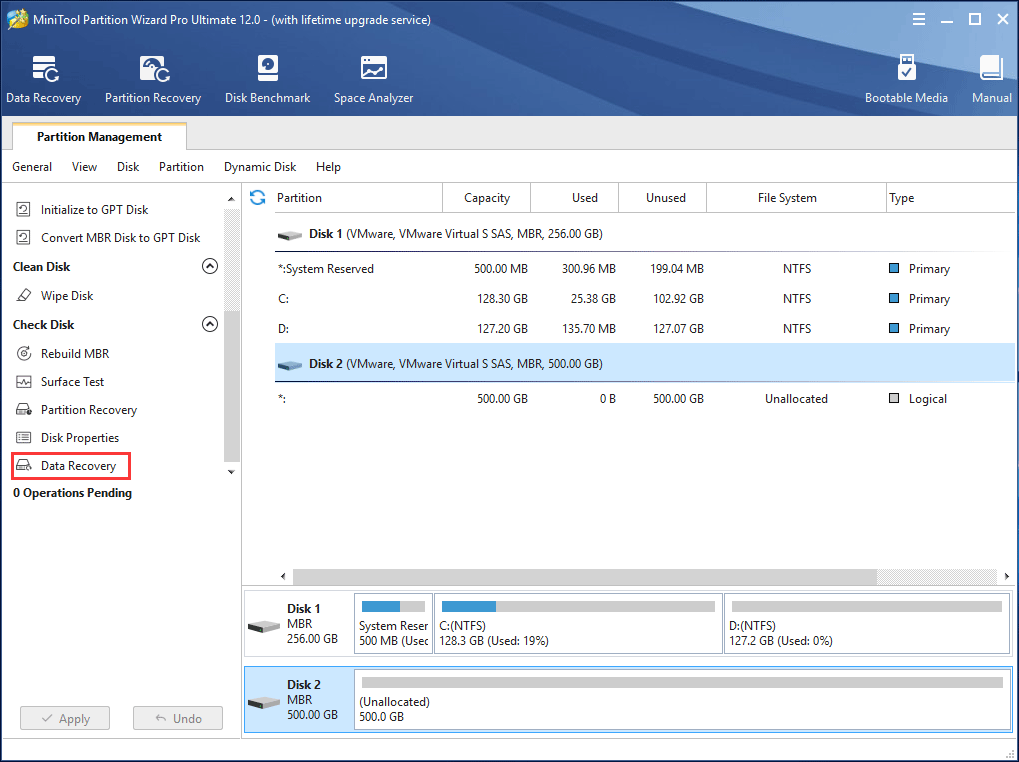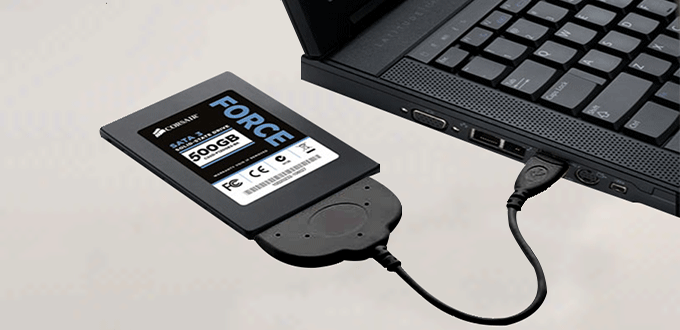

Let’s take a closer look at three proven methods to recover data from an uninitialized disk. Although file system formatting should never cause a disk to become uninitialized, there are many users of various third-party formatting utilities and partition wizards who know that theory and reality don’t always match completely.ģ Proven Methods to Recover Data from an Uninitialized Disk If something interrupts this initial handshake, the storage device may be incorrectly labeled as uninitialized. When you connect a storage device to your computer, your operating system automatically attempts to retrieve information about it. This information can be damaged by malware or corruption, or it can be accidentally erased by the user himself or herself. As we’ve already explained, the partition table stores vitally important information on how the partitions are organized. When selling a used storage device online, it only makes sense to wipe it clean and overwrite it with random data to make data recovery impossible, and that’s exactly what many sellers do.

#INITIALIZE DRIVE WITHOUT LOSING DATA HOW TO#
While relatively uncommon these days, you may encounter a manufacturer that ships hard drives in the uninitialized state, leave it up to customers to go through the initialization process (we explain how to initialize a disk without losing data at the end of this article). We understand that you’re eager to recover data from your uninitialized disk, but your recovery success rate is guaranteed to increase substantially if you take the time to understand why disks are sometimes labeled as uninitialized. From there, the storage device should be ready for use. Once a partition table has been created during the disk initialization process, you can proceed with the creation and formatting of individual partitions.


Today, it’s considered to be a legacy alternative to GPT because it limits the maximum addressable storage space of a partitioned disk to 2 TB.


 0 kommentar(er)
0 kommentar(er)
